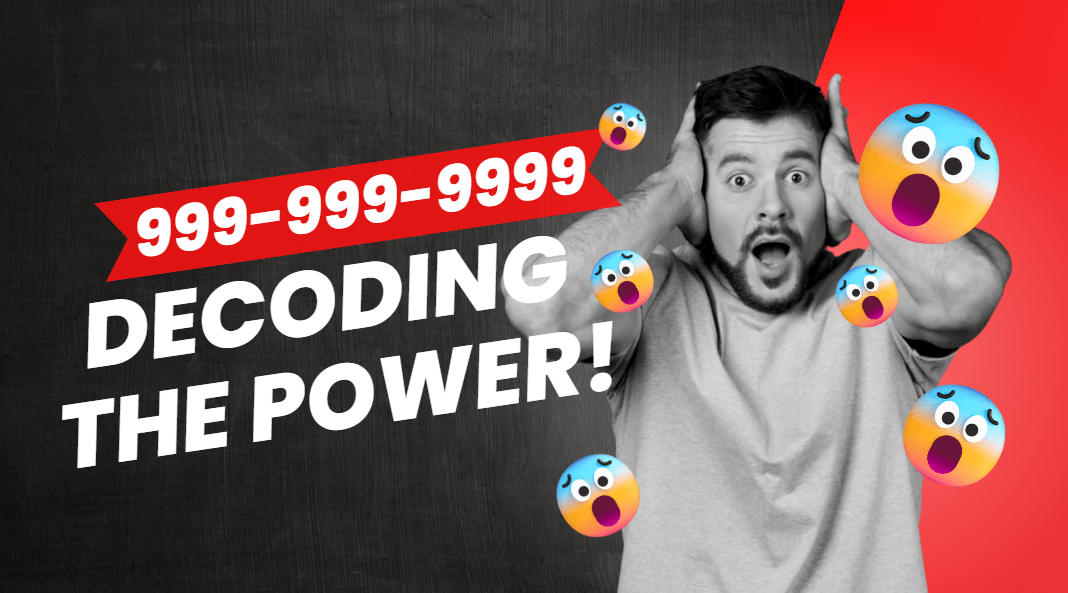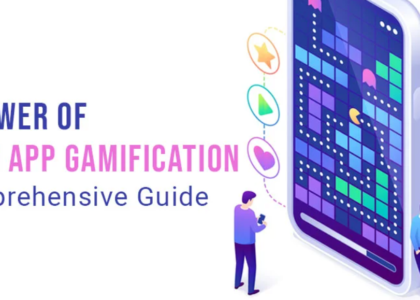Introduction
In the digital age, where communication happens at the touch of a button, phone numbers remain the most vital link between individuals and businesses. The sequence “999-999-9999” has gained intrigue due to its repetitive pattern, leading to questions about its significance. In this article, we’ll delve into the world of phone numbers, exploring their evolution, formatting conventions, and uncovering the mystery behind the enigmatic “999-999-9999.”
Evolution of Phone Numbers
H1: From Rotary Dials to Smartphones: Tracing the Journey
In the early days of telephony, phone numbers were far from the 10-digit sequences we know today. Rotary dials required users to manually rotate a wheel to input numbers, and exchanges were operated by human operators connecting calls. With the advent of digital technology, phone numbers transitioned into numeric strings, enabling automated dialing and streamlined communication.
Formatting Conventions
H2: Deciphering the Digits: Anatomy of a Phone Number
Modern phone numbers consist of three distinct components: the country code, the area code, and the local subscriber number. The “999-999-9999” pattern appears to be an arbitrary placeholder, but in reality, each segment has its own purpose. Country codes facilitate international calling, area codes pinpoint geographical regions, and local subscriber numbers identify individual phones.
The Mystery of “999-999-9999”
H3: Unraveling the Enigma: Is There a Hidden Meaning?
The repetitive sequence “999-999-9999” has captured the curiosity of many. Some speculate that it’s a placeholder for incomplete or restricted numbers, while others consider it a default entry. In reality, phone companies often use this sequence to indicate blocked or private numbers, maintaining the user’s privacy when displaying caller information.
The Significance of Phone Numbers
H2: Beyond Digits: Phone Numbers as Identity
In an age of digital connection, phone numbers have become more than just a means of communication. They’re identifiers tied to personal and professional lives, serving as contact points for businesses, friends, and family. The format and sequence of digits might be arbitrary, but their role in our interconnected world is anything but.
Ensuring Privacy and Security
H3: Shielding Your Digits: Protecting Against Unwanted Calls
The rise of telemarketing and spam calls has led to growing concerns about privacy and security. Fortunately, advancements in technology have brought about call screening, blocking, and filtering options. With the “999-999-9999” sequence often indicating privacy settings, users can choose to withhold their caller ID to prevent unsolicited contact.
The Human Touch in a Digital World
H2: Voice Behind the Number: Establishing Personal Connections
Amid the sea of digital interactions, hearing a familiar voice over the phone remains a comforting experience. While “999-999-9999” might lack a personal touch, it’s a reminder that behind every phone number is a person, a story, and a potential connection waiting to be made.
Conclusion
In a world driven by technology, phone numbers continue to serve as the thread that binds us. From their humble beginnings as rotary dial inputs to the advanced smartphones of today, they’ve evolved beyond mere digits. The mysterious “999-999-9999” sequence, often a safeguard for privacy, highlights the intricate balance between communication and discretion. So, next time you see those repetitive digits, remember the vast network of stories they represent.
FAQs
Q1: Why is the “999-999-9999” sequence used? A1: The sequence is often used to represent blocked or private numbers, preserving the caller’s privacy.
Q2: Can I change my phone number’s format? A2: While you can’t alter the format itself, you can request a different phone number with your service provider.
Q3: What’s the history behind phone numbers? A3: Phone numbers have evolved from manual rotary dial inputs to today’s digital sequences, adapting with technological advancements.
Q4: How do country codes work? A4: Country codes are numerical prefixes that allow international calls to be directed to the appropriate country.
Q5: How can I protect myself from spam calls? A5: Utilize call-blocking features, install spam call filters, and be cautious about sharing your number to mitigate unwanted calls.







